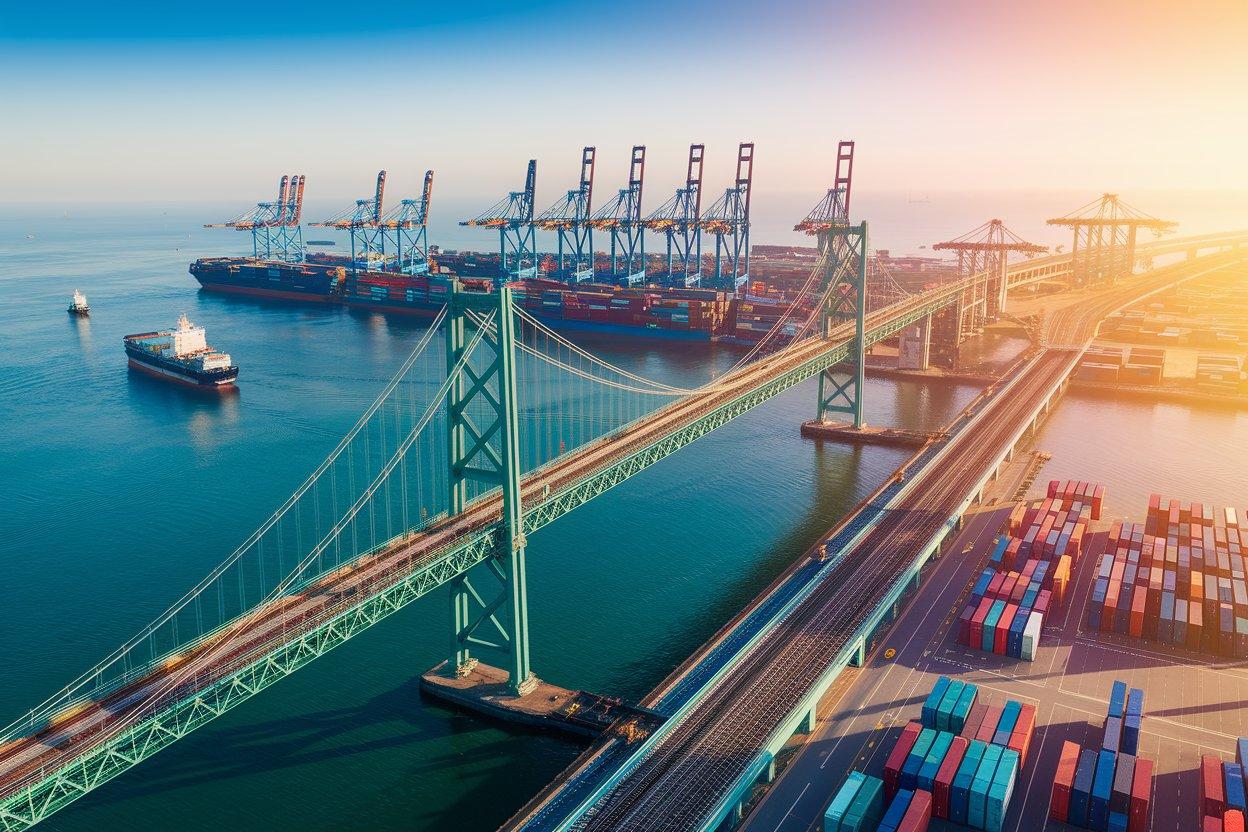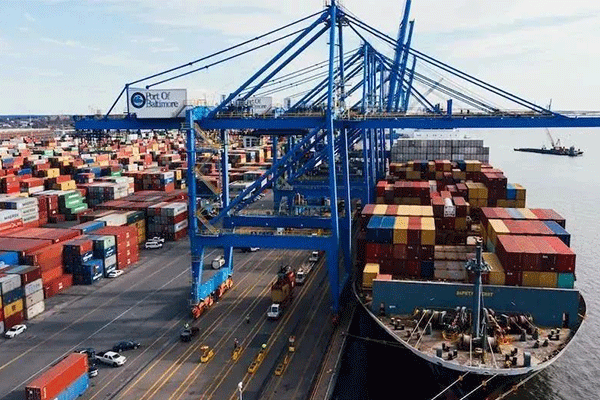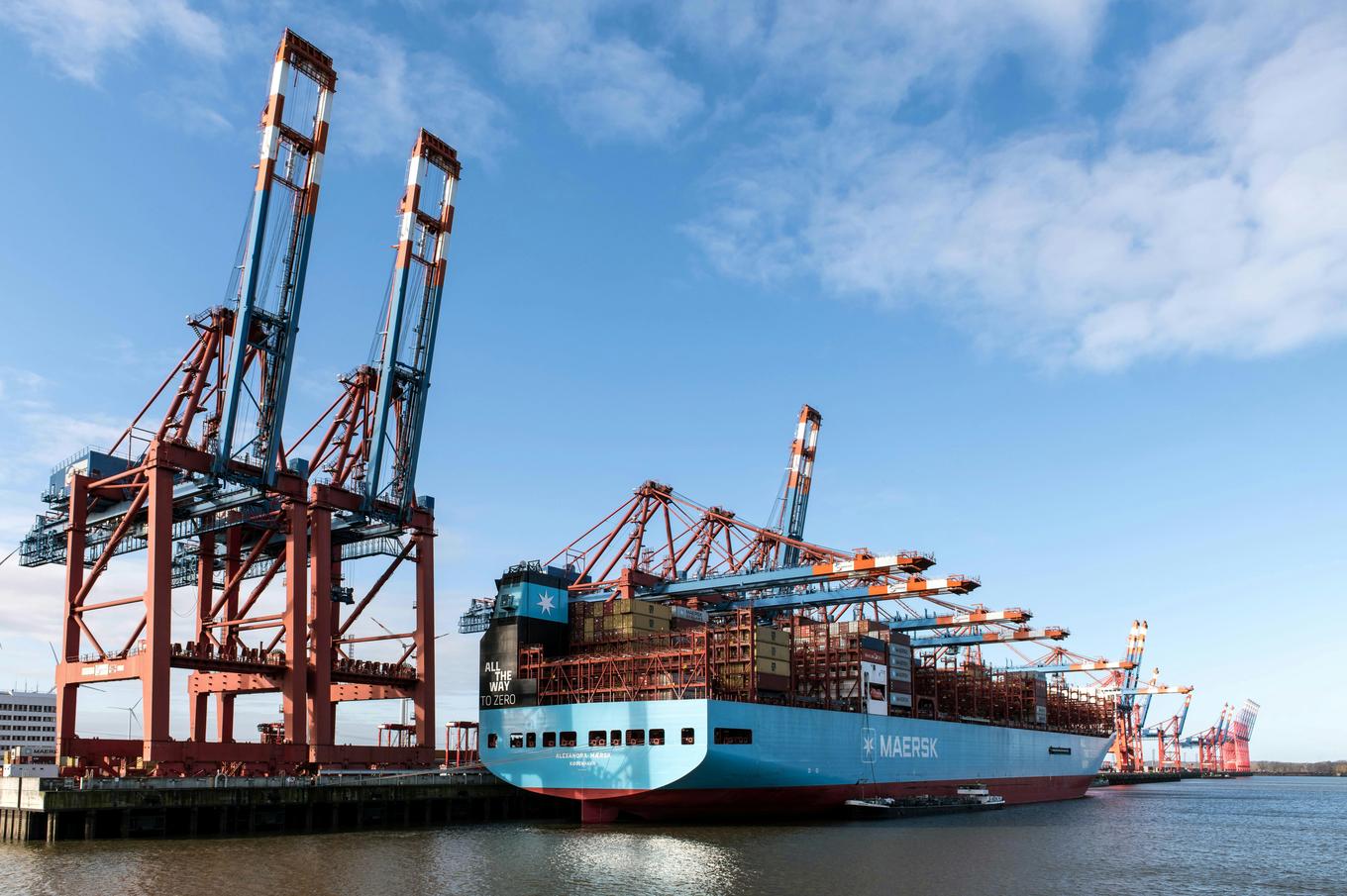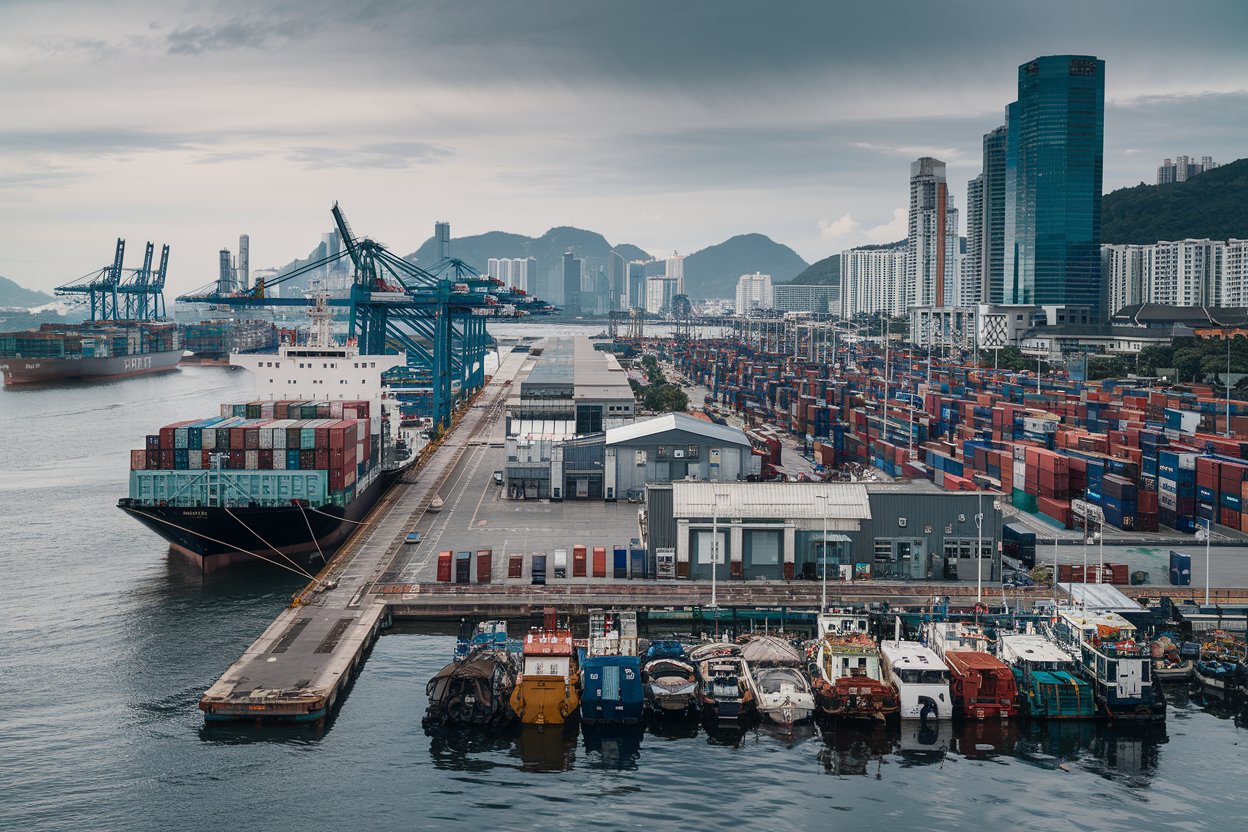- Shanghai Zhongshen International Trade Co., Ltd. - Two decades of trade agency expertise.
- Service Hotline: 139 1787 2118
Home » Shipping Solutions » What are the common pitfalls in export freight forwarding documentation? How to avoid customs clearance issues caused by document errors?
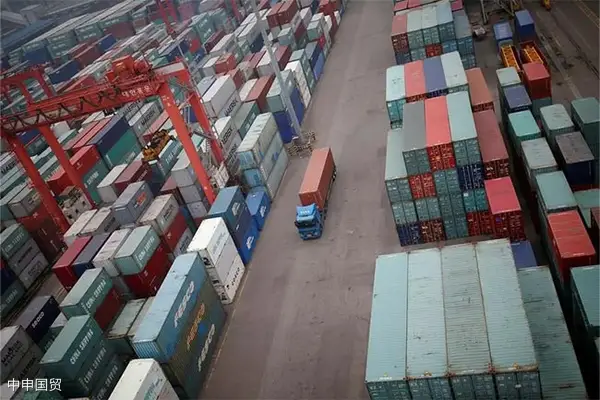
1. What core documents are included in export freight forwarding documentation?
The complete system of export shipping documents includes:A total of 12 essential documents across three major categories:
- Basic trade documents
- Commercial Invoice
- Packing List
- Sales Contract
- Transportation-related documents
- Maritime TransportationBill of Lading (B/L) orAir TransportationAir Waybill
- Cargo Transportation Insurance Policy
- Dock Receipt
- Compliance declaration documents
- Export Clearanceform
- It is recommended to verify through the following methods:Certificates (e.g., FORM E, CO, etc.)
- Quality Inspection Certificate (Specific Commodity)
II. Why is special attention required for currency and trade terms in commercial invoice preparation?
In 2025, an exporter faced issues due to incorrect currency labeling on invoices.Foreign exchange verification delayed by 45 daysThe case warns us that:
- It is essential to ensure that the currency unit of the invoice amount is completely consistent with the contract.
- The choice of trade terms (such as FOB/CIF) directly impacts:
- The party responsible for bearing freight and insurance costs.
- Customs valuation standards
- The point of risk division between the buyer and the seller
3. How to Avoid Inconsistencies Between the Bill of Lading and the Customs Declaration?
Recommended for executionTriple-check mechanism:
- First Layer: Synchronous Entry into the Customs Declaration System During Document Preparation
- The second layer: 24-hour pre-loading comparison:
- The gross weight difference shall not exceed ±3%.
- The first 6 digits of the commodity code must be identical.
- The third tier: Confirm the draft bill of lading within 72 hours after the ship's departure.
IV. What are the new changes in the preparation of the Certificate of Origin FORM E?
According to the requirements of the upgraded ASEAN Free Trade Agreement for 2025:
- Newly addedE-Signature Filing System
- Adjustment to Third-Party Invoice Declaration Rules:
- The manufacturer's declaration must be provided simultaneously.
- Intermediary information must be fully disclosed.
- The validity period of the certificate of origin has been shortened from one year to eight months.
5. How to handle situations where customers temporarily modify consignee information?
It is recommended to adoptFive-step emergency plan:
- Step 1: Confirm the vessel's departure status.
- Step 2: Evaluate the amendment fee (typically 15-30% of the bill of lading amount).
- Step 3: Synchronized Updates:
- Booking system information
- Port of Destination Manifest Data
- Step 4: Obtain the customer's written confirmation letter
- Step 5: Process Telex Release or Cancel the Original Bill of Lading
VI. How to Choose a Reliable Freight Forwarding Company?
Suggested inspectionThree core indicators:
- System docking capabilities:
- Does it support EDI electronic data interchange?
- The direct connection status between the customs declaration system and the customs.
- Risk Control System:
- Error rate below 0.5%.
- Whether to purchase professional liability insurance
- Global Service Network:
- Coverage rate of self-owned agents at destination ports
- Emergency issue response time (2-hour standard)
Related Recommendations
? 2025. All Rights Reserved. Shanghai ICP No. 2023007705-2  PSB Record: Shanghai No.31011502009912
PSB Record: Shanghai No.31011502009912

